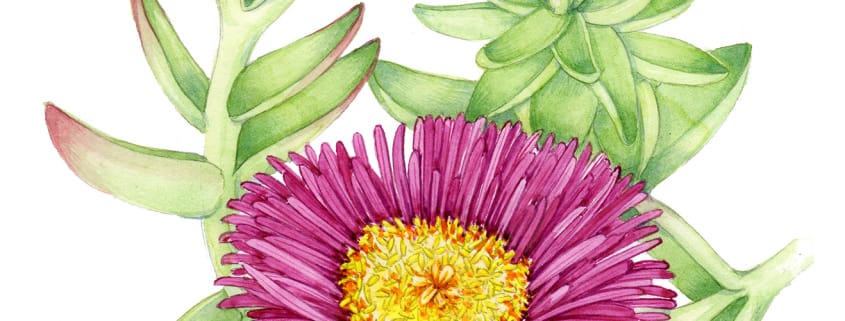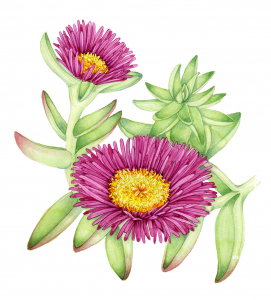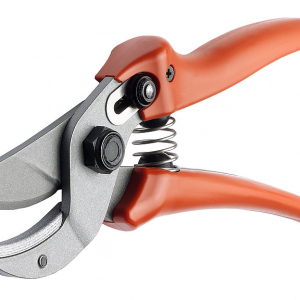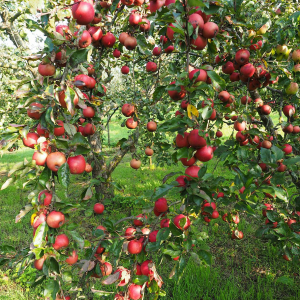Nature’s carpet
Welcome to spring and how good has the rain been! For once we will be ensured of a great spring and optimum growing conditions in our gardens.
A lot of gardens will have a lovely selection of low to mid and then tall plants in the landscape, but we often forget about the groundcover plants that can be planted amongst these taller plants to provide an infill over the soil.
Groundcovers come in many forms and categories, from conifers through Australian natives to perennials and introduced exotic species. Many are absolute ground-huggers, and others can reach 50-70 centimetres high and be as wide as 3-4 metres.
There are categories that will tolerate first-line coastal to varieties that can handle severe frosts and low water. Others are shade-tolerant and many are edible, like herbs.
Let’s start with first-line coastal. Many of the plants that suit this location are Australian natives and a stroll around coastal gardens and natural areas will soon give an indication as to what species are handling this difficult growing area.
Carpobrotus (an Australian native succulent) is good for dune stabilisation, along with Banksia, Westringia, Myoporum and Hakea that also have groundcover varieties. A good non-Australian plant is the Shore juniper (Juniperus conferta) that will mat well and stabilise sandy soils.
We then move into more protected locations with heavier soils and not so much wind.
For open, sunny positions in these locations the list is endless. Australian natives include Grevillea, Leptospermum, Callistemon and Banksia, with many others that are softer perennial types, including Scaevola and Brachyscome. Non-Australian plants include Gardenia radicans, Convolvulus and Cerastium (Snow in Summer).
Shaded gardens can be a bit of a problem but here too there are many plants that you can use in combination with perennials, including Camellias, Chinese Star Jasmine (often used as a climber) and Lamium, which comes in several leaf variegations and flower colours.
Herbs are a category of groundcover that don’t get much of a mention but there are many of benefit. Use them to cover paths in the herb and vegetable garden, or to cover a retained area within the garden. Several varieties of thyme are suitable for walking on and prostrate rosemary also falls into this category.
Ground preparation for groundcover plants is the same as for all other plants – include some compost mixed with the existing soil to give the plants a good start.
There is a common but mistaken belief that groundcover plants will suppress weeds. There might be some weed suppression but generally weeds will still grow through the groundcovers and will be hard to remove after the groundcovers are established.
The best method is to lay down several layers of moist newspaper and cover with a moisture retentive mulch. Then pull paper and mulch aside sufficiently to make the planting hole. Plant the plants, water in and pull paper and mulch back around the plant. By the time the newspaper has decomposed, the weeds should have died. Some careful hand-weeding and spot-spraying after that will ensure the garden stays weed-free.



